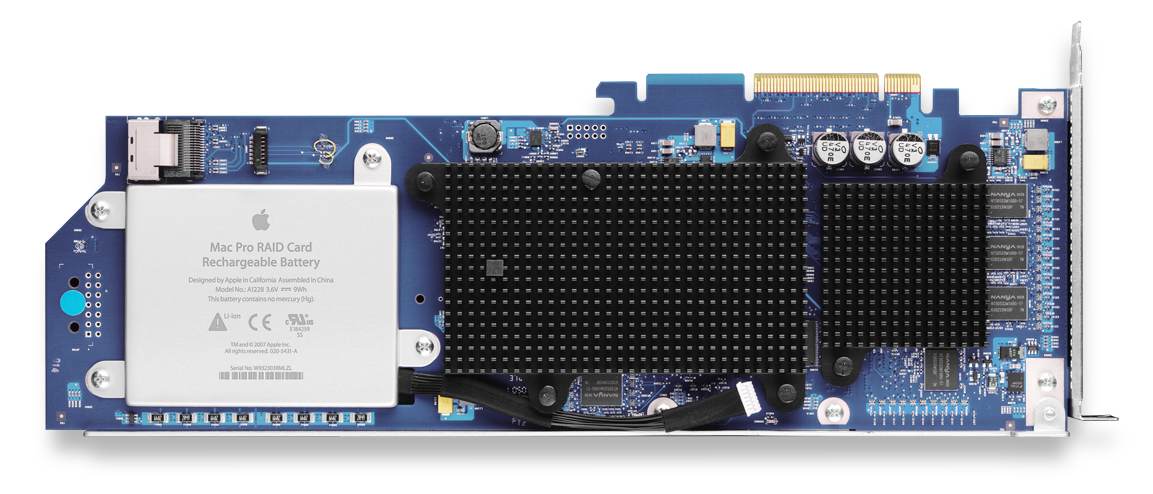
Best Raid Drives For Mac
Disk Utility User Guide
You can create a Redundant Array of Independent Disks (RAID) set to optimize storage performance and increase reliability in case of a disk failure. You can also create a set that concatenates smaller disks to act as one larger disk.

MacBook Pro (Retina, 15-inch, Mid 2012 - 2015) MacBook (Retina, 12-inch, Early 2015 - 2017) iMac (Retina 4K, 21.5-inch, 2019 and later). Apple has begun offering its RAID controller cards as a separate upgrade for its Mac Pro high-end desktop systems. Mac OS X already allows users to stripe two, three, or four hard drives in a RAID 0 array for increased performance with a large storage. The Mac Pro RAID Card offers improved storage performance and data protection to your Mac Pro system up to 553MB/s of sequential read performance in RAID 0. Ideal for video and creative professionals with demanding storage needs as well as for tower server applications, this hardware RAID option supports RAID levels 0, 1, 5, 0+1, and Enhanced JBOD.
In the Disk Utility app on your Mac, choose File > RAID Assistant.
Select a set type:
Striped (RAID 0) set: A striped RAID set can speed up access to your data. You can’t create a RAID set on your startup disk; you must first start up your computer from another disk.
Mirrored (RAID 1) set: Protect your data against hardware failure with a mirrored RAID set. When you create a mirrored RAID set, your data is written to multiple disks so the information is stored redundantly. You can’t create a RAID set on your startup disk; you must first start up your computer from another disk.
Concatenated (JBOD) set: Increase storage space with a concatenated disk set. If you need one large disk, but you have several smaller disks, you can create a concatenated disk set to use as one large disk.
Select the checkboxes of the disks you want to include in the set.
For each disk, click the pop-up menu in the Role column and choose “RAID slice” or “Spare” to designate the disk as a standard member or spare in the set, then click Next.
Enter a name for the RAID set in the RAID Name field.
Click the Format pop-up menu, then choose a volume format that you want for all the disks in the set. (See File system formats available in Disk Utility.)
Click the “Chunk size” pop-up menu, then choose a disk chunk size that you want used for all the disks.
When you create a striped set, chunks of data from the same file are distributed across the drives. Ideally, you want data distributed across drives evenly and at an optimum size so that it can be efficiently accessed. If you want high data throughput from your set, choose a smaller chunk size so that data is spread across the drives and one drive can be accessing data while another is seeking the next chunk. With mirrored disk sets, choose a chunk size that matches the data you’re accessing. For example, when working with video files, your Mac is accessing large chunks of data, whereas when using a database of many small records, your disks may be accessing smaller chunks of information.
If you are creating a mirrored RAID set, select the “Automatically rebuild” checkbox to allow the set to be automatically rebuilt when member disks are reconnected.
Click Create.
Click Done.

You are bidding on a LOT OF 4 Apple Mac Pro RAID Cards w/Rechargeable Battery P/N: 820-2591-A. They were WORKING PULLS, but I believe they will need replacement batteries. This Card will work on Mac Pro Early 2009, Mid 2010 and Mid 2012.
If you have a Mac Pro with a Mac Pro RAID card, use RAID Utility. It uses the RAID card for better performance and to create more types of RAID sets.
